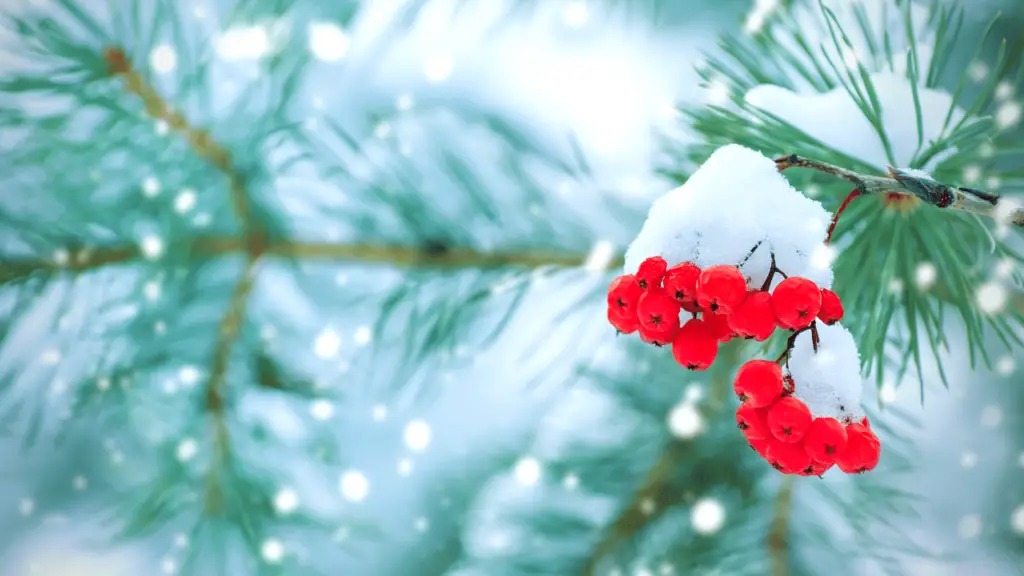
Winter is obviously harsher than other seasons. It is very tough for plants to grow in the winter season and survive. So many of Summer plants die or hibernate in the winter season. For the beginners, hibernation or dormancy is the period of inactivity for plants where the process of growth is very slow. hibernation helps plants to survive in the winter season.
Obviously outdoor plants are more prone to winter. Winter care depends on different kind of factors like location or zone, where you live, plant types, the intensity of winter season and length of the winter season. The secret to helping plants in the winter season is simple and just adjusting some care tips for plants.
In this article, we will review 10 best tips for kitchen garden in the winter season.
Number one: Plant selection:
Always select the plant who is suited to your climate or zone. first, learn about your growing zone, and then select the plant.
Number Two: Conserve plant energy.
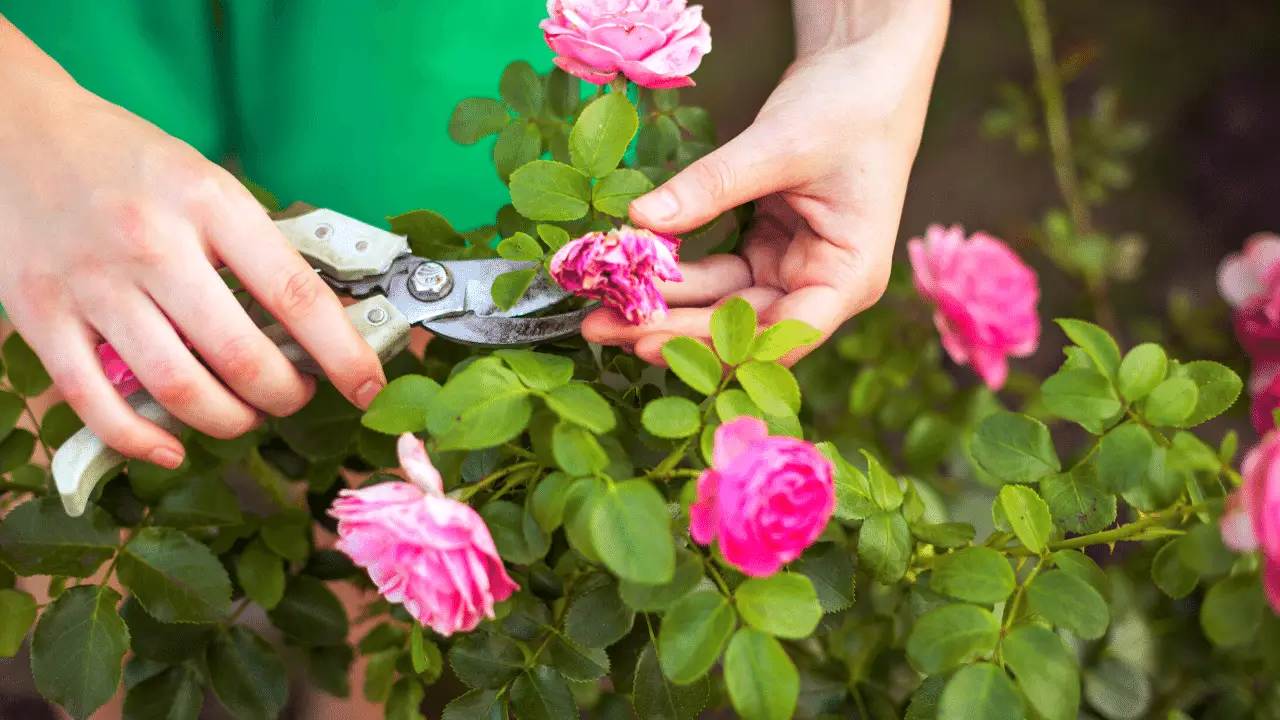 Conserving plant energy is one of the best things you can do to during dormancy or hibernation.
Conserving plant energy is one of the best things you can do to during dormancy or hibernation.For conserving plant energy you need to remove the Dead Leaves, dead flowers, buds and even some branches. As we know, in winter season we use no fertilizer or a very small amount of fertilizers. This is an exception for plants with flowers or vegetables at the start of spring.
Number Three: Shift Indoor.
If you are growing some plants in pots or baskets or containers you can always put your plants indoor to save them from winter. Shifting plants indoor or increase the temperature by 5 degrees. And for sun-loving plants, put them outdoor at day time when the sun is out.
This seems like a hard work to do but it well worth it when you save your plant from winter or Frost.
Number four: Cover your plants:
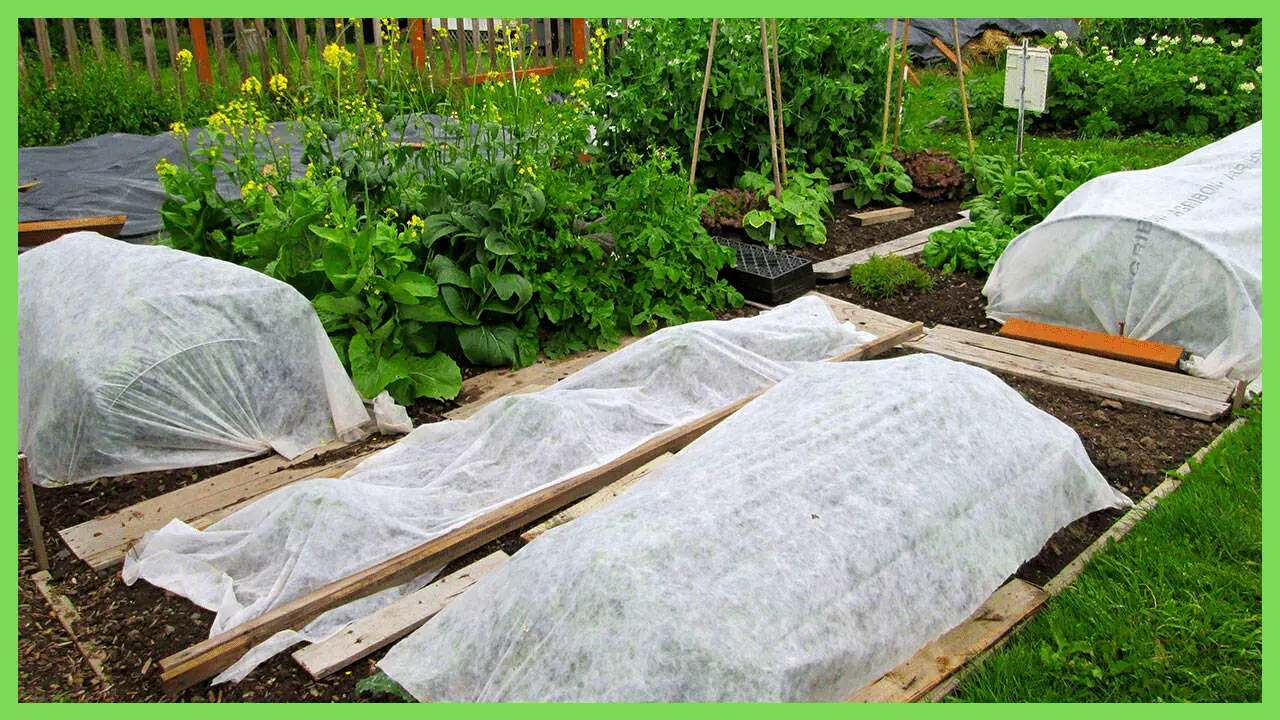
covering plants is not for indoor plants. if you don’t want to put your plants indoor, then you can always cover them with Polythene bags, zip lock bags or any kind of shopping bags. Always use transparent bags and makes holes in them, so you can leave them at day time. Holes in bags are very good for air circulation. You can also use a garden trellis or you can make your own by using some wood sticks. Garden trellis for good to protect your plant from Frost.
Last but not least you can use empty pots to cover your plant in the night. For this, you need to measure the size of the plant and the size of the pot. Always remove the pot during the day in sunlight.
Number Five: sowing the seeds.
The best time for sowing seed is between early September and late November. And it also depends on the first estimated time of frost in your area. You need to sow your seeds in short rows, you can also see instructions in your seeds packets. Cover your seeds in a thin layer of water and soil. If you are sowing your seeds in the cold night then you need to cover them with some fleece to protect them. if you want a continuous supply of salad then show the seeds every three to four weeks.
Number Six: Mulching:
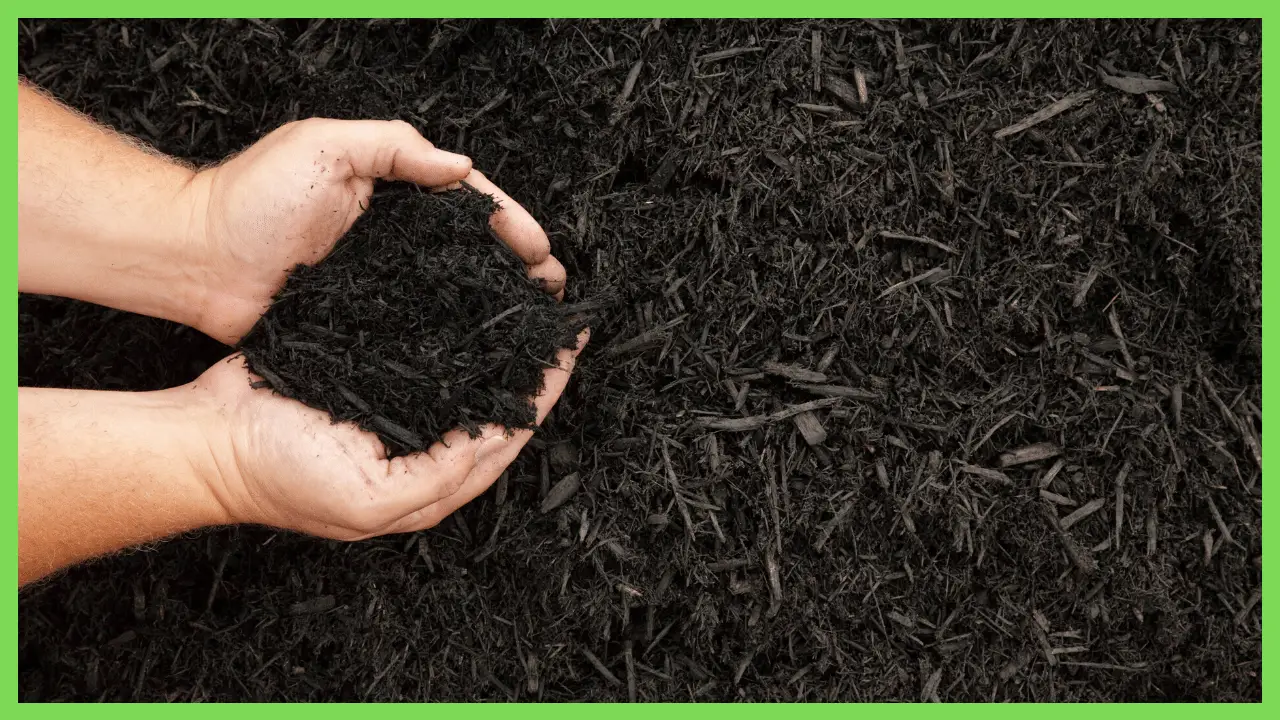
For the beginners, mulching is applying some kind of material to the top layer of your garden. You can use any kind of mulch like Shredded leaves twigs or straw. These materials act as an insulator and protect the roots of plants and stop the growth of weeds.
You can always buy a good kind of mulch from online stores.
Number Seven: DIY poly house:
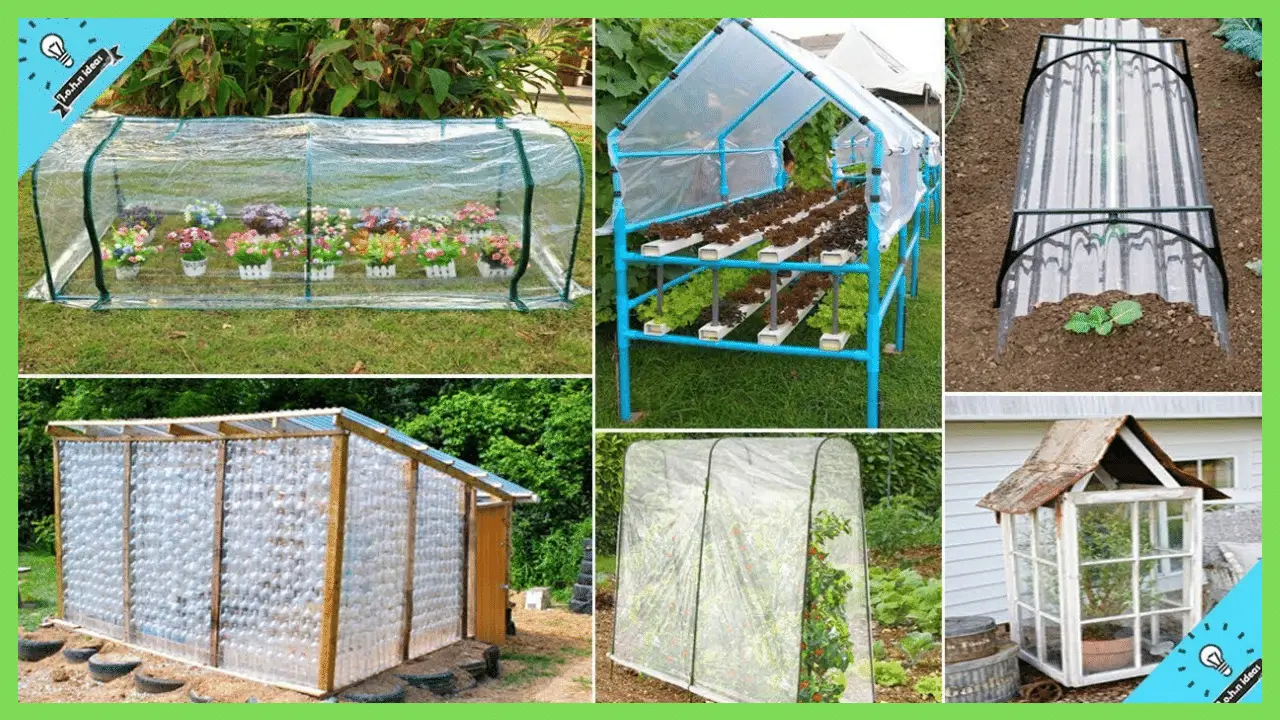
You can make your own poly house or the greenhouse to protect your plants from Frost and winter chilly winds. Your plants will grow inside the poly house or greenhouse. you can make your own poly house or greenhouse with some kind of polythene sheets and wood sticks. You can always by your premade playhouse or greenhouse from an online store.
Number Eight: create a cold frame around your garden:
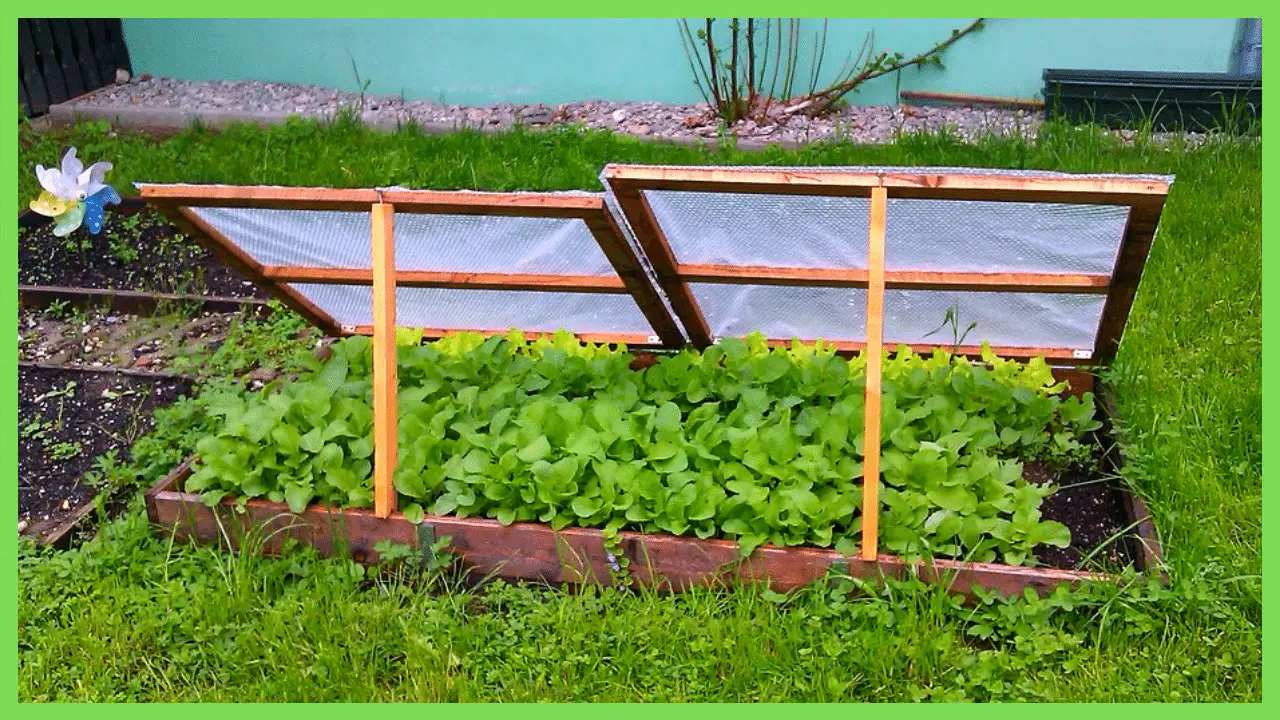
This is a great way to protect your kitchen garden from cold Nights and also it can keep your plants warm up during the day. A Cold Frame frame is a bottomless case made up of transparent glass or plastic cover that you can put over your plants. On sunny days gold frame at as a mini greenhouse that can let the sunlight in and protect your plants from Harsh wind during the freezing day and night. Cold frames also great for raised bed garden because they can be made fit the size of the raised bed Garden.
Number Nine: creates a hotbed.
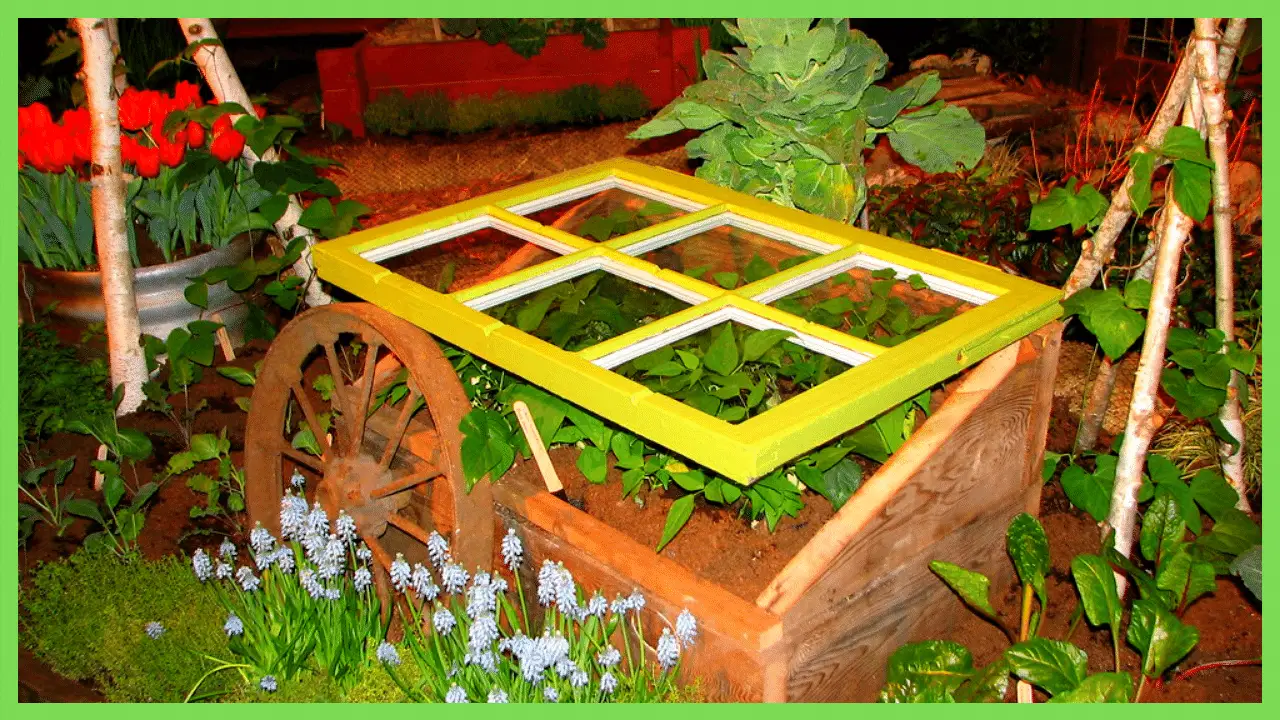
You can take a cold frame to the next level to give your plant and ultimate luxury treatment. Hotbed just of the cold frame with the heated bottom player. you can make a hotbed using a layer of actively composed heating pads for weatherproof heating cables. Hotbed is really the ultimate luxury for your kitchen garden. They can also so be very fruitful for raised bed garden or pots.
Number Ten: Heat source:
During a very harsh winter, you can use home heaters or high voltage light bulb to increase the temperature. You can also use LED grow light which has two benefits, it acts as a heater and increase the temperature and also it helps in photosynthesis means to help in making food.

Number Eleven: Pruning:
You need to prune or trim your plants when there is a pest attack over any kind of disease. As we mentioned above, removing the Dead Leaves for diseased branches helps in conserving energy during dormancy.
Number Twelve: Misting and Cleaning:
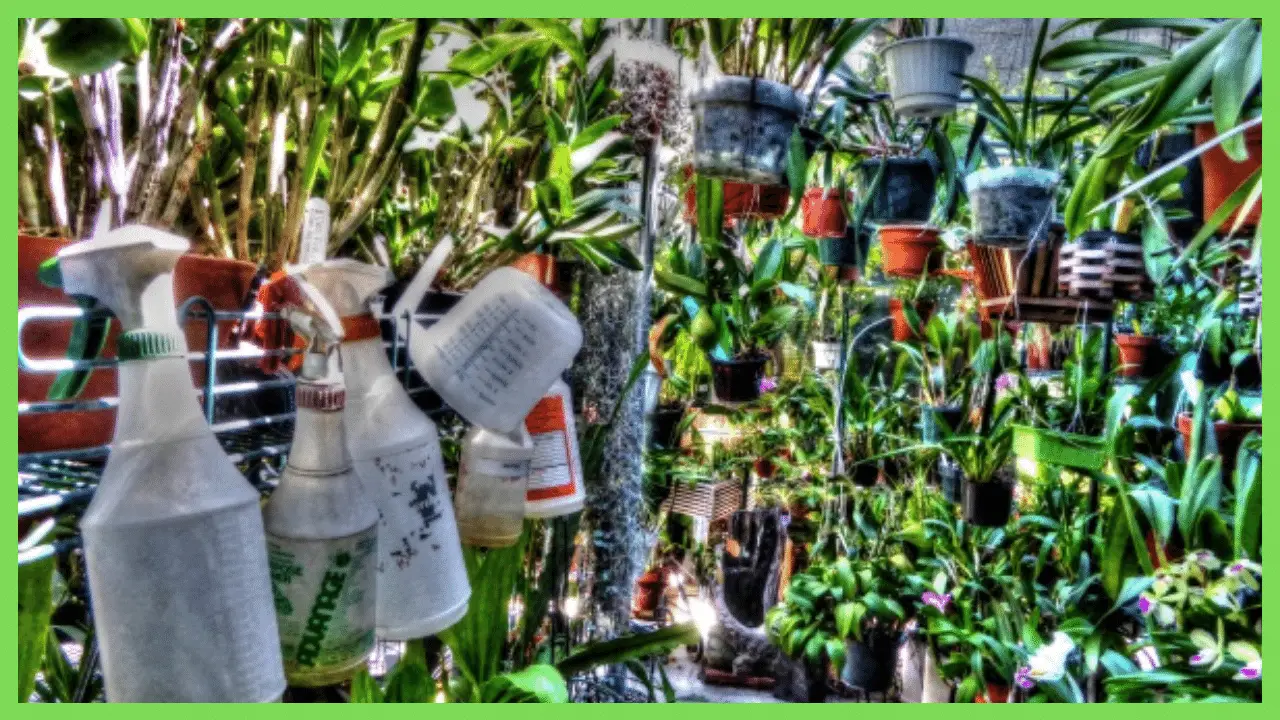 Spray your plants to clean it. Use a very light mist for indoor plants to clean any kind of dust from the leaves every day. It will help the plants in photosynthesis in very minimum light. As their e is very minimum light in the winter season. so cleaning and missing plants will help.
Spray your plants to clean it. Use a very light mist for indoor plants to clean any kind of dust from the leaves every day. It will help the plants in photosynthesis in very minimum light. As their e is very minimum light in the winter season. so cleaning and missing plants will help.
Number Thirteen: Water frequency:
During winter season reduce the frequency of watering for indoor plants so it can stop the rot. In the winter season, the growth rate is very slow it means very less amount of water needed. If you don’t reduce the frequency of watering the plants can freeze. You can use the fingertip method to my measure the moist of your soil. Dip your finger one inch in the soil and check the amount of moisture, only water the plant if the soil is dry.
